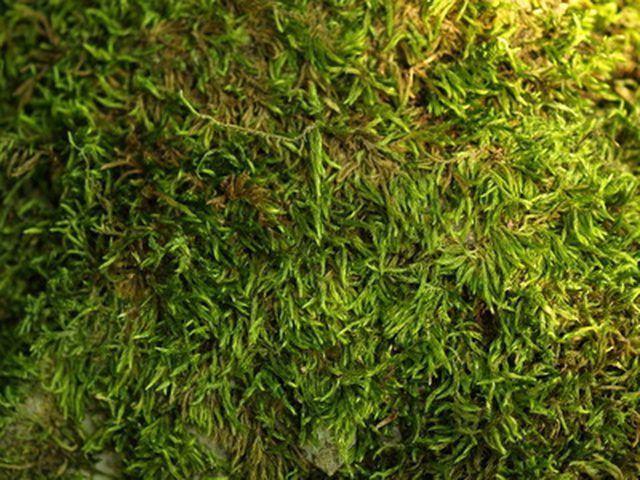Bulbs
Flower Basics
Flower Beds & Specialty Gardens
Flower Garden
Garden Furniture
Garden Gnomes
Garden Seeds
Garden Sheds
Garden Statues
Garden Tools & Supplies
Gardening Basics
Green & Organic
Groundcovers & Vines
Growing Annuals
Growing Basil
Growing Beans
Growing Berries
Growing Blueberries
Growing Cactus
Growing Corn
Growing Cotton
Growing Edibles
Growing Flowers
Growing Garlic
Growing Grapes
Growing Grass
Growing Herbs
Growing Jasmine
Growing Mint
Growing Mushrooms
Orchids
Growing Peanuts
Growing Perennials
Growing Plants
Growing Rosemary
Growing Roses
Growing Strawberries
Growing Sunflowers
Growing Thyme
Growing Tomatoes
Growing Tulips
Growing Vegetables
Herb Basics
Herb Garden
Indoor Growing
Landscaping Basics
Landscaping Patios
Landscaping Plants
Landscaping Shrubs
Landscaping Trees
Landscaping Walks & Pathways
Lawn Basics
Lawn Maintenance
Lawn Mowers
Lawn Ornaments
Lawn Planting
Lawn Tools
Outdoor Growing
Overall Landscape Planning
Pests, Weeds & Problems
Plant Basics
Rock Garden
Rose Garden
Shrubs
Soil
Specialty Gardens
Trees
Vegetable Garden
Yard Maintenance
How to Kill Ground Moss
How to Kill Ground Moss. Moss growing on the ground in your yard is actually a symptom that the growing conditions are not good for other foliage. Moss is spread by spores that are carried by the wind to other locations and will travel long distances at times. When grass or other foliage is healthy and growing well, moss will not be able to...

Moss growing on the ground in your yard is actually a symptom that the growing conditions are not good for other foliage. Moss is spread by spores that are carried by the wind to other locations and will travel long distances at times. When grass or other foliage is healthy and growing well, moss will not be able to develop. Killing the moss is the first step, and making the area better for other foliage should follow.
Things You'll Need
Iron sulfate
Water
Sprayer
Ground limestone
Mix 5 oz. of iron sulfate and 4 gallons of tap water. Copper sulfate will also work well.
Pour the mixture into a sprayer and apply an even layer over the area where moss is growing. The 4 gallons of this solution will cover 1,000 square feet of area.
Wait one to two days for the moss to die back completely. Rake the area to remove dead moss and spores. Dispose of the moss properly, do not add it to a compost pile or anywhere else in your yard.
Apply 5 to 10 lbs. of ground limestone to the treated area. This will inactivate the sulfate and make growing conditions better for other foliage.
Tips & Warnings
If iron or copper sulfate is not available, use 4 oz. of bleach to a gallon of water instead. Another option is to use 4 oz. of liquid dish soap mixed with 1 gallon of water. If you use these methods, the limestone treatment afterward is not necessary.
Moss will return if the condition of your soil is not improved. Use a good fertilizer regularly to ensure your yard stays in good condition.